Objects in Our Solar System:
Back to Previous Page Click to View Books
Pictures of Space and Galaxies
| INNER REGION | |||
 |
Solar System (Comparative view of planets) Aurora 1; Aurora 2 Solar Eclipse in Qatar |
 |
Sun (Magnetosphere) NASA Public Domain Pictures: Coronal Hole_1; Coronal Hole_2; Solar Eclipse; Solar Flare |
 |
Mercury; Mercury Transit; North Pole |
 |
Venus |
 |
Earth (1 moon); Earthrise View; (2nd moon: 2016 HO3); Earth Lines |
 |
Earth's Moon (Farside View; Blood Moon; Blood Moon; Blue Moon; Super Blue Moon over Burma); Rare Pink Super Moon; Alien Moon Base |
 |
Antarctica Hole; Antarctica Pyramid; New Swabia |
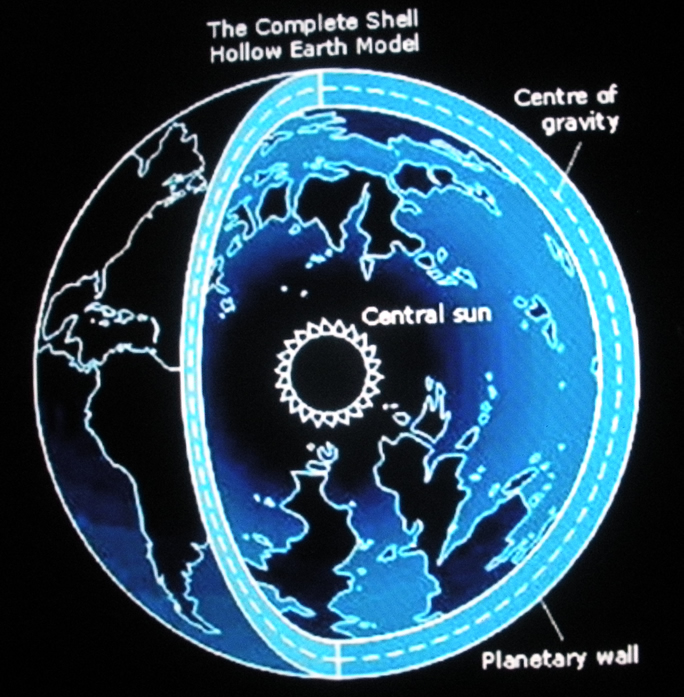 |
Agharta Map; North Pole Hole; North Pole Lights |
 |
Mars (2 moons - Phobos & Deimos); Cydonia; Liquid Water; Valles Marineris |
 |
Asteroids (Millions of minor planets; largest are Ceres & 4 Vesta); reputed to be Rahab (Satan's planet that God shattered). |
 |
Jupiter (67 moons; largest are Ganymede, Callisto & Io); Great Red Spot |
 |
Saturn (150 moons (largest are Titan & Rhea); North Pole; Storm |
 |
Uranus (27 moons; largest are Titania & Oberon) |
 |
Neptune (14 moons; largest are Triton & Proteus) |
 |
Rare planetary alignment on 4 July 2020 AD. A similar event on 5 March 1953 BC was catalyst for the ancient Chinese calendar. | ||
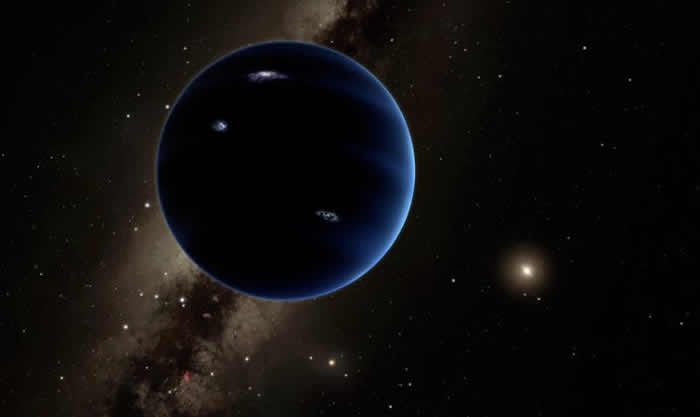 |
Planet Nine: Suspected but as yet an undiscovered planet that (along with Neptune) affects the orbits of many dwarf planets and outer-fringe solar system entities. | ||
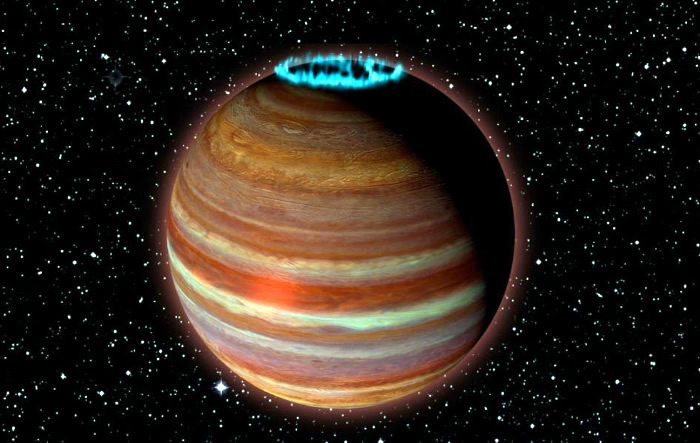 |
Rogue Planet: Called SIMP J01365663+0933473 and discovered in 2016 AD. Located 20 light-years from Earth. Mass is 12.7 times greater than Jupiter; size is between being a gas giant planet and a brown dwarf star. | ||
| KUIPER BELT (Outer Region) Picture of Objects [Recognized by David Jewitt at Mauna Kea in 1992 AD] View of TRANS-NEPTUNIAN OBJECTS |
|||
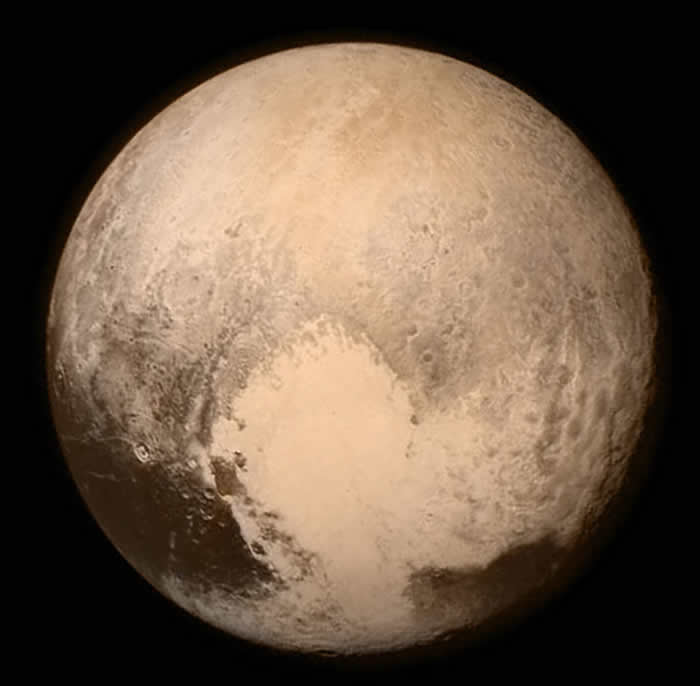 |
Pluto (Dwarf Planet); 5 moons (largest is Charon; View 2) Artist's View; Blue Horizon |
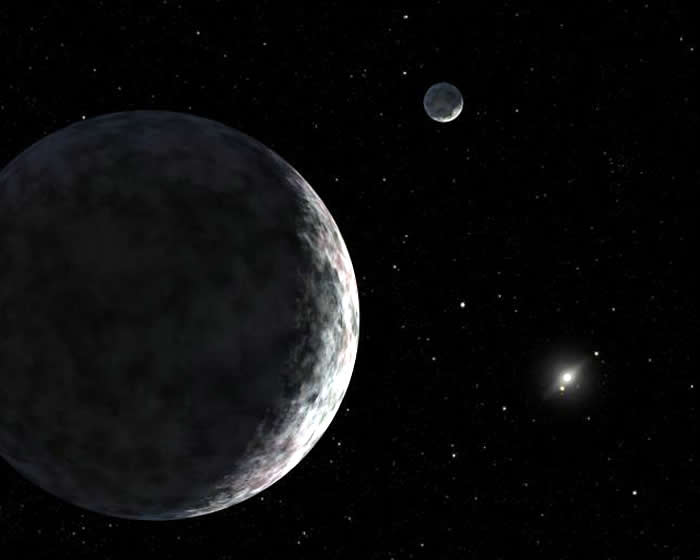 |
Eris (AKA Xena: Dwarf Planet 2003 UB313); moon is Dysnomia; Artist's View 1 & View 2 |
 |
Haumea (Dwarf Planet); 2 moons; Ring View |
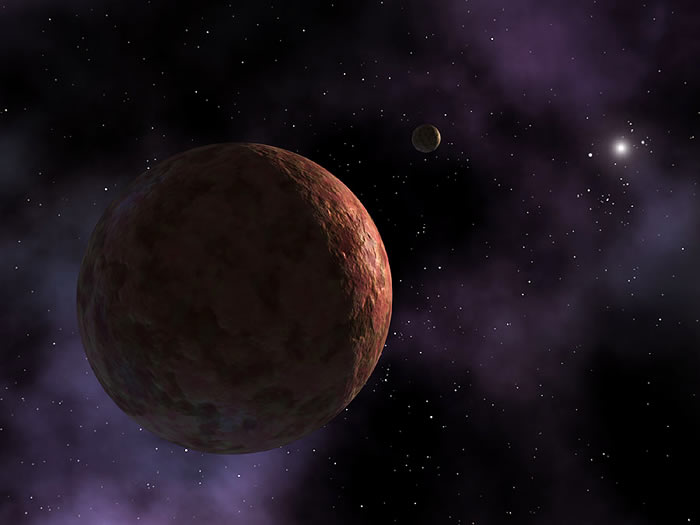 |
Makemake (Dwarf Planet) |
 |
Sedna (Dwarf Planet); 1 moon; Artist's View |
 |
Quaoar (Distant Asteroid) |
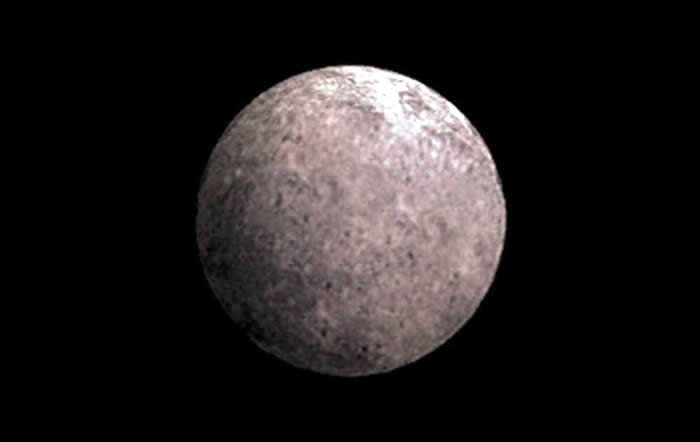 |
2007 OR10 (Dwarf Planet); 1 moon |
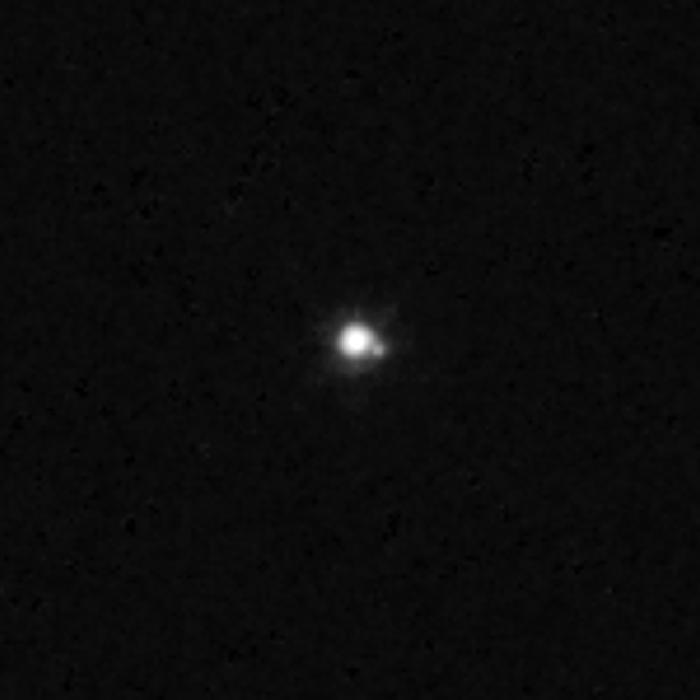 |
2007 UK126 (Dwarf Planet); 1 moon |
 |
2010 JO179 (Dwarf Planet) |
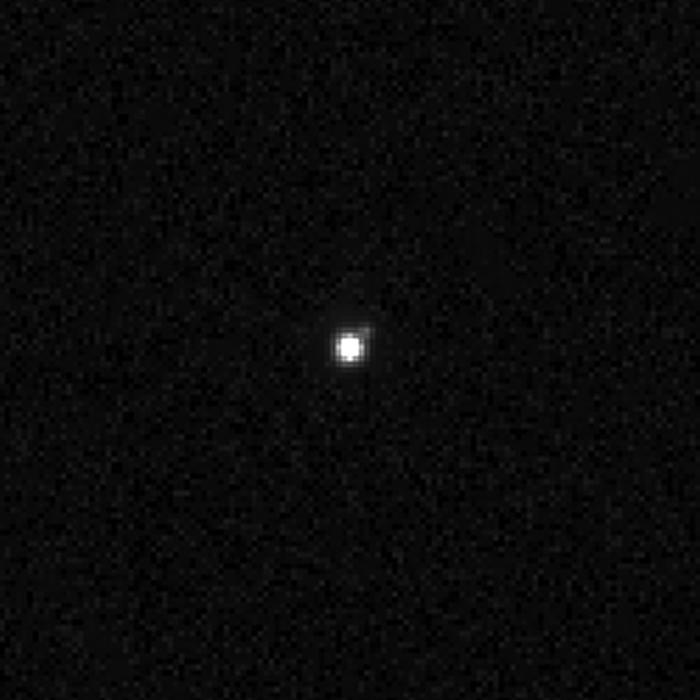 |
2013 FY27 (Dwarf Planet); 1 moon |
 |
"Farout" 2018 VG18 (Dwarf Planet) |
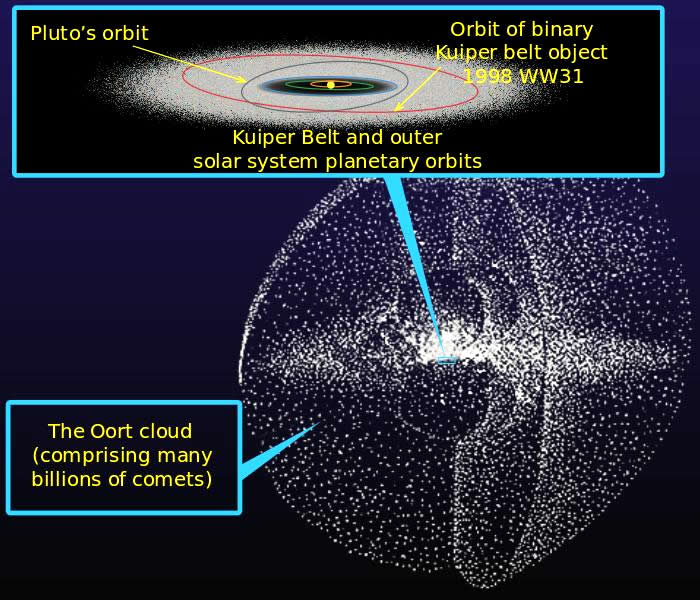 |
Oort Cloud and Kuiper Belt |
 |
ASASSN-15 (All Sky Automated Survey for Supernovae) magnetar of June 2015. Artist View from an exoplanet. | ||
 |
Asteroid 2015TB145: Near-earth orbit in 2018. |
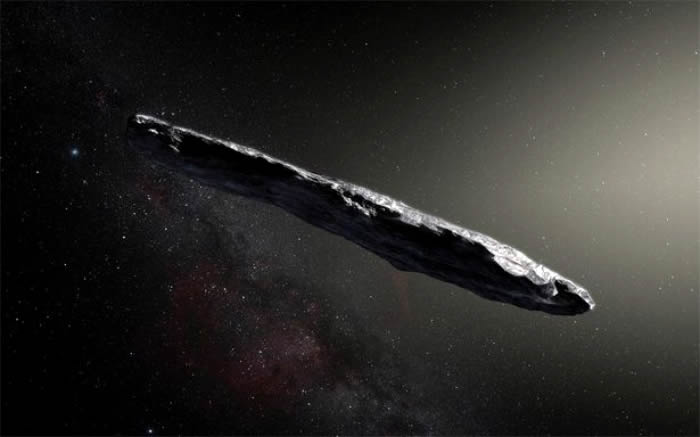 |
Oumuamua: Interstellar Asteroid that entered our solar system in December 2017. Top Harvard astronomer claims it may be a reconnaisance spaceship. |
|
EARTH-LIKE PLANET (22 Light Years Distant)
|
|||
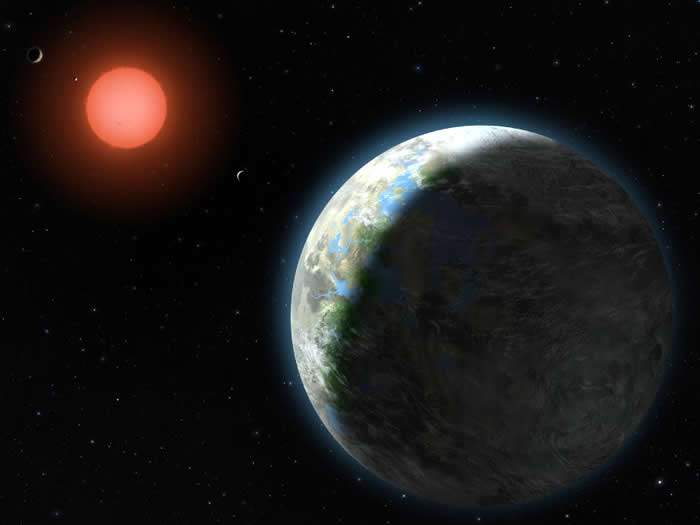 |
Gliese 581d; Discovered in 2010 AD. Twice the size of Earth. "Mysterious" radio signals noted coming from the planet. Simulation of Gliese 581d Orbit. Distant View and Sunrise on Gliese 581d. | ||
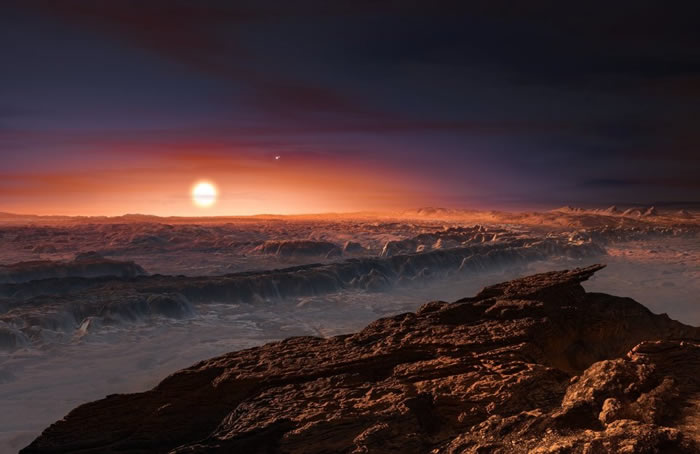 |
Near-Earth planet called ProximaB orbits red dwarf star Proxima Centauri (closest star to Earth). ProximaB was discovered in 2016 AD. | ||
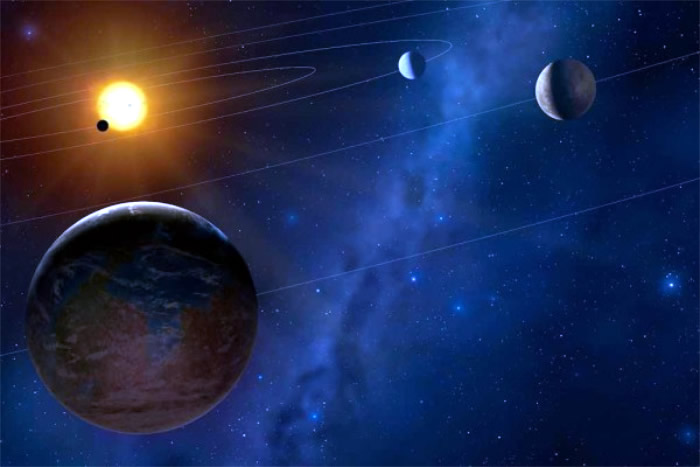 |
Exo-planet WASP39B, discovered in 2018 AD. |
 |
PDS70b (Birth of a Planet, 2018 AD) |
| SPECIAL SYMBOLS | |||
 |
Star in Crescent = Moon and Venus |
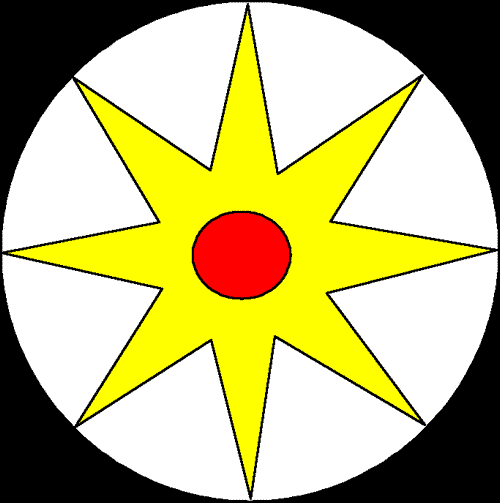 |
Mars in Venus Wheel |
| MILKY WAY GALAXY | |||
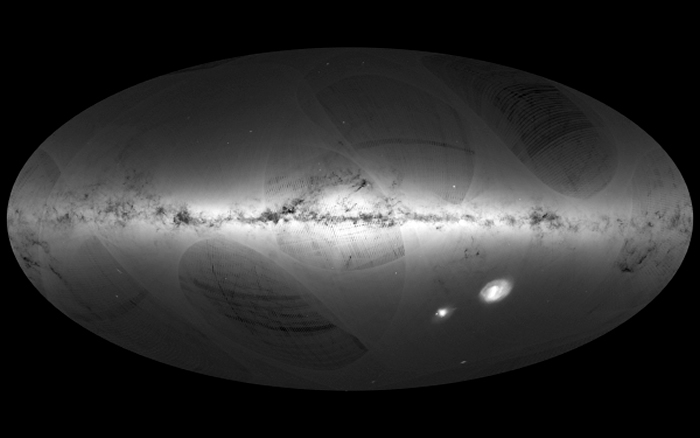 |
Galaxy Map |
 |
View of Core Stars; View from the International Space Station. |
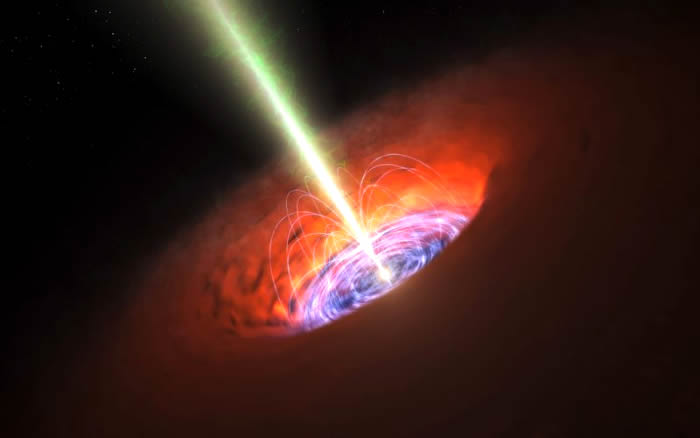 |
Black Hole at the center of Milky Way galaxy. Located 26,490 light-years from the constellations of Ophiuchus, Sagittarius and Scorpius. Coincides with Sagittarius A* (astronomical radio source). | ||
 |
Zeta-Reticuli Binary Star System: Located in the southern constellation called Reticulum. According to a physicist named Bob Lazar who worked at Area 51 in Nevada, alien spacecraft housed there came from planet 3 of Zeta-Reticuli. Similar to Haunebu II found at the Nazi base of New Swabia in Antarctica. |
||
 |
Comparison of planets and stars: 1. Mercury < Mars < Venus < Earth 2. Earth < Neptune < Uranus < Saturn < Jupiter 3. Jupiter < Proxima Centauri < Sun < Sirius 4. Sirius < Pollux < Arcturus < Aldebaran 5. Aldebaran < Rigel < Antares < Betelgeuse 6. Betelgeuse < NML Cygni < VV Cephei A < VY Canis Majoris < UY Scuti |
||
| Intergalactic Medium (IGM): Massive amount of matter that exists between galaxies. It is composed of hot, ionized hydrogen and heavier elements such as carbon, oxygen, silicon and others. Although it is diffused, the totality is 50% to 80% of all matter. | |||
|
© Page Publisher: Duane R. Hurst
|

